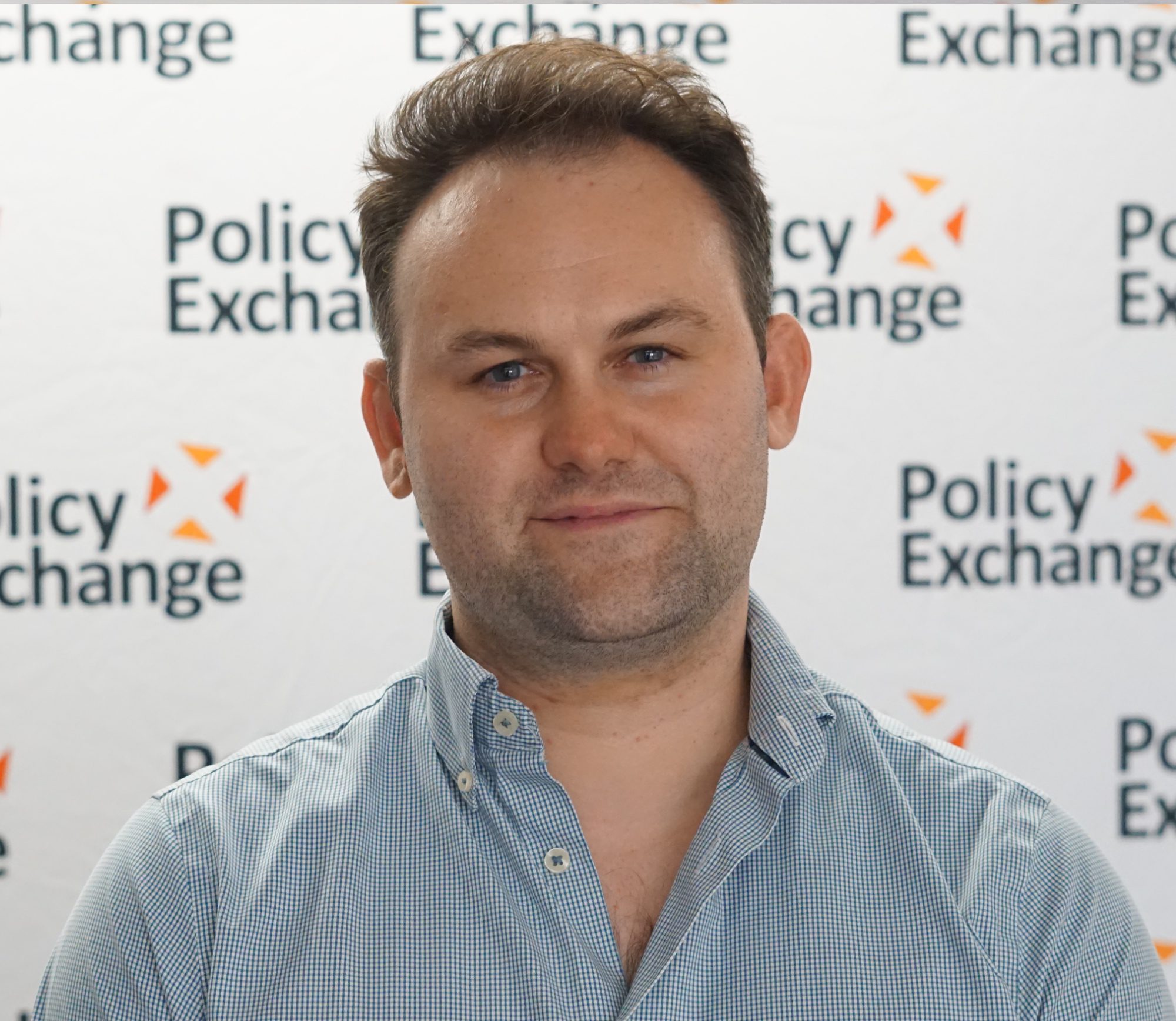
Dr Sean Phillips
Head of Health and Social Care
The publication of the most recent British Social Attitudes (BSA) survey last week reveals a significant decrease in public satisfaction with NHS services – from dentistry to accident and emergency, reflected across demographic groups. Perhaps the most striking result however was a significant decline in satisfaction with general practice.
GP services were the highest-rated part of the health service each year until 2018, but now more people are dissatisfied than satisfied and overall satisfaction with general practice is at its lowest levels since the publication of the first BSA survey in 1983.
This is deeply concerning. General practice accounts for 90 percent of contacts patients make with the NHS and equated to over 360 million appointments in 2021 (more than six per person). A poor experience at the front door to the NHS has a ripple effect, and influences perceptions of service provision overall.
First of all, this dissatisfaction must be diagnosed. It is difficult to generalise about the performance of general practice, with many practices delivering high-quality care to their patients. The top priority for the NHS however – according to 48 per cent surveyed – should be to make it easier to secure GP appointments. Currently, the user experience here is far too variable (and too often poor). Some practices remain telephone-only; many have enabled the use of the NHS App; others embraced AI-driven triage to manage appointments.
In a report published by Policy Exchange last month we called for the introduction of ‘NHS Gateway’ to bring all primary care access routes together in a more coherent fashion and under a single banner. We argue that this can help to shift some of 86% of users who book their appointments via the telephone to alternative channels (without turning any existing channels off). A recent survey indicates that a blended approach to access (including the provision of the full range of consultation options) improves the user experience and ensures that inequalities are not exacerbated.
The greatest opportunity here lies in effectively integrating the NHS App so it can be a source of high-quality information, enables symptom-checking and the ability to request and manage appointments across primary care. Further advantages in taking this approach would include the ability to capture user demand patterns more systematically across general practice.
The aim should be to move toward a system which is intelligent enough to understand the differing needs of patients, with services planned to match. Many users clearly value speedy and convenient access. Just 10% of requests made to GP practices – according to a recent study – indicate a preference for a face-to-face consultation, with the majority satisfied with a variety of forms of remote consultation, including telephone, video and email. For those with complex needs – often more elderly patients – particular value is often placed on consistent contact with the same group of clinicians. This group represents 30-40% of the overall case volume and is commensurate with the numbers of patients who, when asked, request to see the same GP.
The evidence base demonstrating the value of interpersonal continuity upon clinical outcomes is convincing, and spans decades. It is clearly important and we need to find ways to ensure it is maintained. Introducing a ‘named GP’ has been mooted as a means of achieving this, but a 2019 study concluded that “the introduction of the named GP scheme was not associated with improvements in either continuity of care or rates of unplanned hospitalisation”. Where there are particularly acute shortages, such as at a practice in Goole, East Yorkshire where a single-handed GP is now responsible for 8000 patients, this approach is unlikely to be feasible.
Ultimately, we need to reckon with the reality: can GPs deliver this type of relationship-based care to all on their practice lists despite growing and more complex demand? Or should GPs and their teams focus on identifying patient cohorts who will most benefit from it? The aim should be the former, but the focus must be the latter.
After all, evidence drawn from the latest GP Patient Survey shows it is a minority who proactively request to see the same clinician. Are we in a position given current demand to try to foster a cultural shift in attitudes so more people actively request this? An important aspect of continuity of care – too often minimised in the current debate – that should be provided for all is the assurance that healthcare professionals across the NHS have all their up-to-date information, covering their conditions, treatment, and medicines. Ensuring this informational continuity will also support interpersonal continuity.
Part of the access challenge stems from an inappropriately designed front door, but has also resulted from a changing workforce profile. For all the discussion of a need for long-term workforce plan for the NHS, GP shortages are here and now. The result is a stretched workforce, in which too many GPs feel they don’t possess sufficient time to do the job justice.
Short-term measures to ensure numbers are boosted are available. The UK accepted 4,000 GPs onto training places last year (a significant increase from 2,670 in 2014). Roughly one-third of these students require visa sponsorship to remain. Hundreds are currently in limbo however and risk deportation if they cannot secure sponsorship at practices. Having benefitted from studying at the best UK medical schools, many may end up practising elsewhere. We should remedy this and look to ensure that each trainee works (either in the UK or remotely) a minimum number of years in the NHS post-qualification—perhaps five years out of their first ten—to repay the investment from the UK taxpayer.
Moreover, 10% of GPs now state their intention to practise overseas within the next five years. Over 800 NHS-trained GPs have already moved abroad over the past decade. Some will simply be seeking a career break; many will permanently resettle. Instead of spending vast sums seeking to lure these professionals back, we propose embracing the flexibility many young professionals desire by enabling these GPs to conduct remote care sessions from abroad, as a viable means of boosting capacity and ensuring these professionals maintain on the practitioners list in the process.
There is however a pressing need to reimagine the role of the GP. We argue – that in too many cases – their remit has become too broad, amplifying existing pressures. The ability to retain the ‘expert generalism’ of GPs is crucial and must be deployed more effectively so they are freed– as far as possible – from cumbersome bureaucracy and business administration. The elements that GPs often most value– including the ability to lead clinical teams and to innovate in service delivery should be supported, but steps should also be taken – as we recommend in our report – to release more GPs from premises liability and to shift greater case volume to the increasingly multi-disciplinary general practice team, including nurse associates and first-contact physios, supported under the current Additional Roles Reimbursement Scheme as well as across primary care. There are no simple fixes and a one-size-fits all approach will not work, but redefining this balance so GP workloads are more manageable will be key to ensuring general practice is a sustainable and attractive career path in the years to come.
As alarming as the results of the BSA survey may be, they merely reinforce a need for reform in primary care. Much of the way services are planned and delivered are no longer acceptable to many patients. Moving forward, it is essential that the service more effectively reflects what matters foremost to them: quality, convenience, choice, and continuity.
Sean Phillips, Research Fellow in Health and Social Care, Policy Exchange


